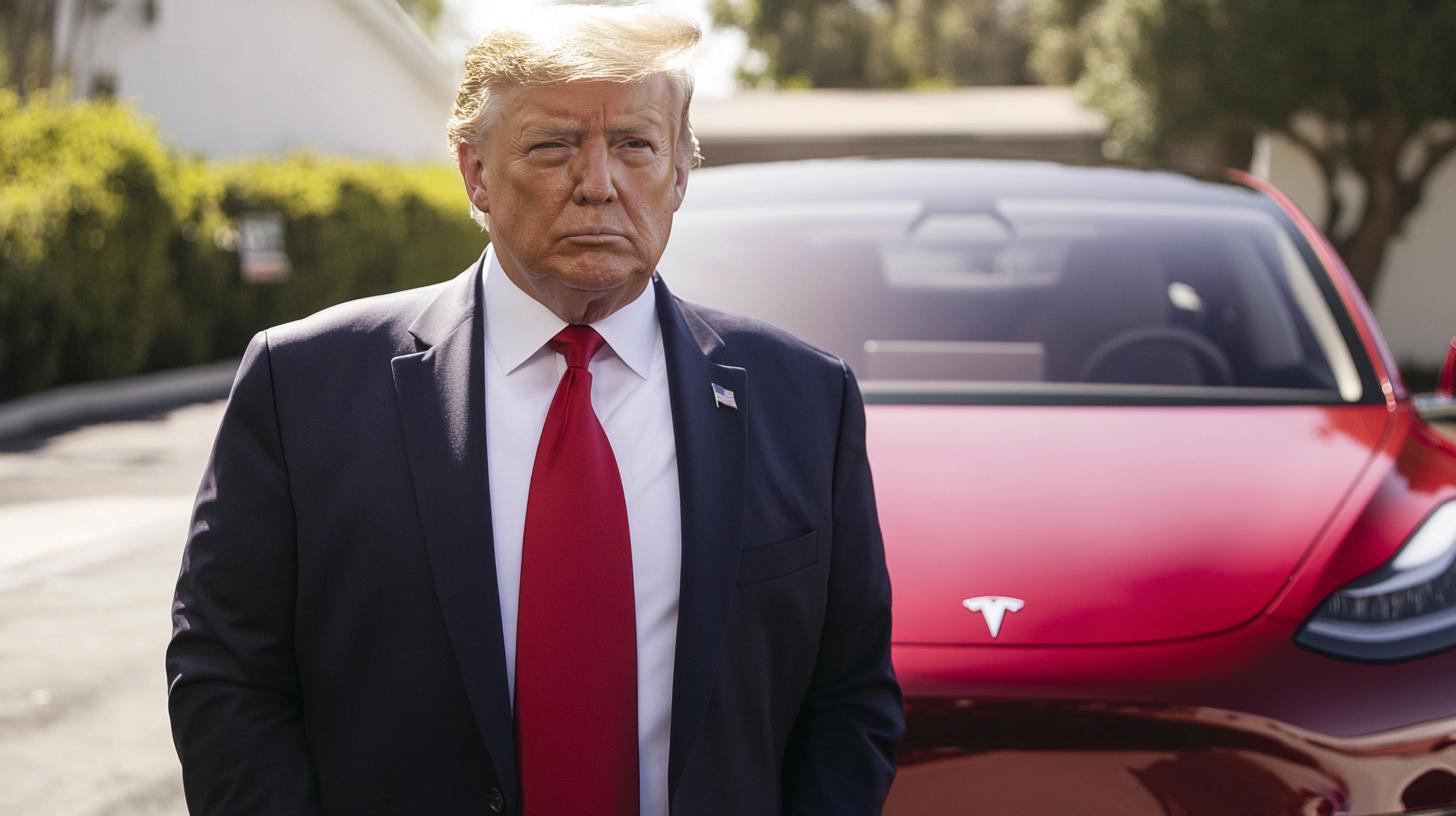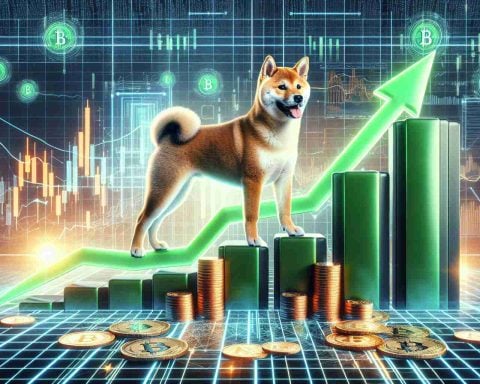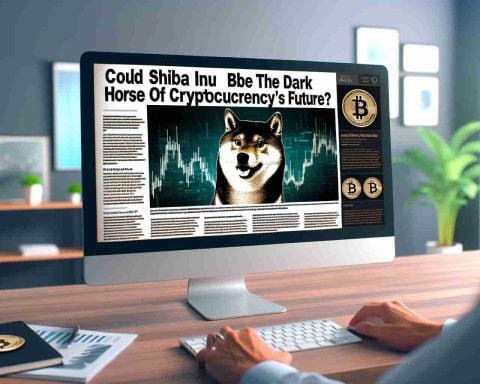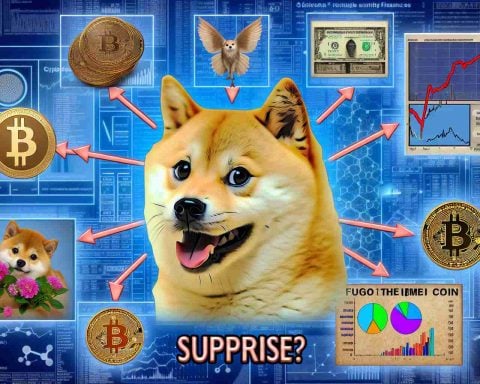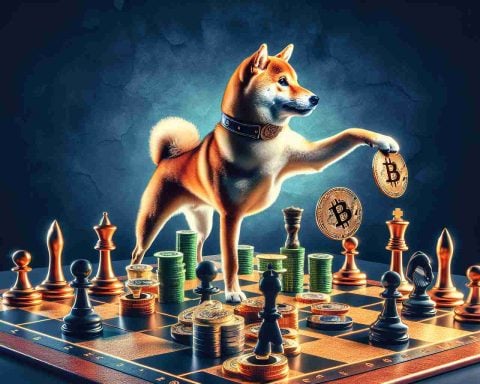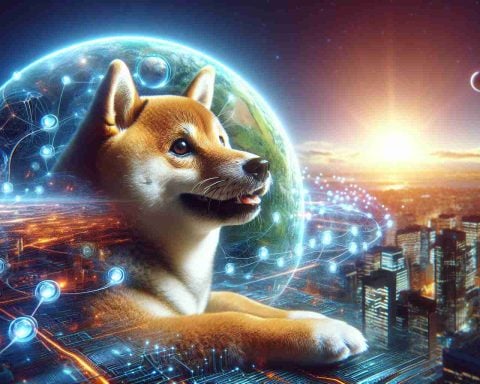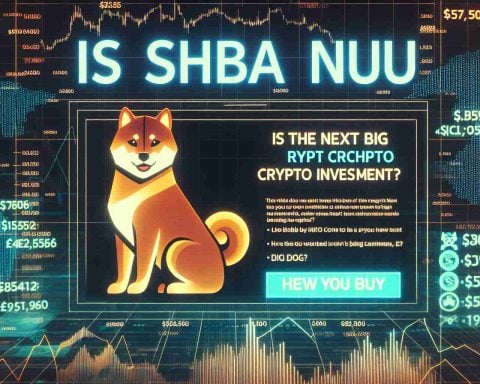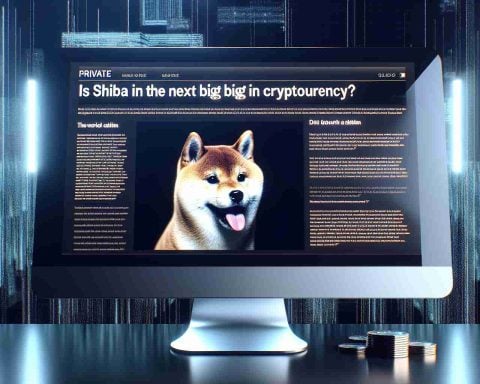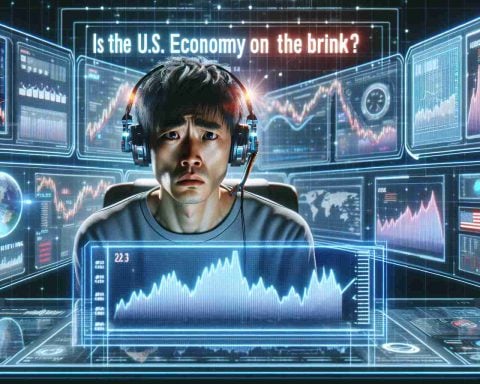NFTs Make an Unlikely Resurgence in the Digital World
Non-fungible tokens (NFTs), once the shining stars of the 2021 crypto craze, are surprisingly gaining momentum again. Just as the world seemed to have moved on, certain developments hint at a potential revival for these unique digital assets.
A major catalyst in this resurgence is the recent political shift in the United States. With Donald Trump, a fervent supporter of cryptocurrencies, now president-elect, the NFT landscape is vibrant with new opportunities. Before his victory, Trump had launched several NFT collections, including one famously depicting his mug shot from a 2023 legal incident. Owners of this particular NFT were given exclusive access to a private event at his renowned Mar-a-Lago club.
Post-election, major players in the NFT realm are experiencing a renewed interest. Notably, CryptoPunks, a well-known series of pixel art NFTs, has seen a staggering 392% spike in trading volume in just one day, amounting to approximately 2,036.9 ETH, or $6.4 million. This remarkable rise places CryptoPunks as the second highest performer among top NFT collections, just behind the Azuki project, known for its anime influences.
Excitement is also brewing with Doodles collaborating with McDonald’s, and platforms like Blur and OpenSea contemplating strategic changes that could further invigorate the market. Amidst these developments, CryptoPunks’ floor price has climbed by 11%, illustrating a possible turning point for the NFT market.
The Unseen Revival: NFTs and Their Ripple Effect Across Society
As the buzz around Non-fungible tokens (NFTs) roars back to life, it’s not merely the soaring trade volumes and high-profile collaborations that deserve our attention. This unexpected wave of interest in NFTs brings a mix of societal and economic impacts, sparking debates, innovations, and shifts in traditional markets and cultural dynamics.
Economic Boon or Bubble?
While NFTs are once again thrust into the spotlight, a lingering question remains—are we witnessing a sustainable growth trajectory or another speculative bubble? The sheer volume of investment suggests a fertile ground for economic growth, especially in sectors like digital art, collectibles, and gaming. However, the inherent volatility and lack of regulation continue to be a concern. The interplay between high rewards and high risks defines the current NFT landscape, making it imperative for investors and creators to tread cautiously.
Transforming the Art and Entertainment Industries
NFTs redefine ownership in the digital art world, allowing artists to monetize their work directly and retain royalties through secondary sales. This democratization of art ownership enables emerging artists to showcase their talents globally. Moreover, collaborations like the one between Doodles and McDonald’s highlight how NFTs can merge digital collections with major brands, creating a new advertising and engagement frontier.
Cultural Impacts and Community Developments
NFTs sculpt cultural narratives by fostering unique online communities. Collectors and creators coming together form micro-cultures that often rally around shared interests or artistic movements. These digital tribes can have substantial social impact, rallying around causes, promoting digital literacy, and fostering inclusive platforms where creativity thrives irrespective of geographical boundaries.
Environmental Considerations
A contentious aspect of NFTs is their environmental impact. The energy-intensive nature of blockchain transactions contributing to climate change concerns cannot be ignored. On the flip side, blockchain technology is evolving—with networks like Ethereum transitioning to proof-of-stake mechanisms, potentially reducing their carbon footprint by over 99.5%, thus addressing long-standing ecological criticisms.
Are NFTs Here to Stay?
What keeps NFTs relevant is their adaptability and potential applications far beyond art and collectibles. From real estate to intellectual property rights, the use cases for NFTs are vast and evolving. However, user education and infrastructure development remain crucial for fostering a sustainable ecosystem.
Advantages and Disadvantages
Advantages:
– Empowerment of artists through direct sales and royalties.
– Diverse monetization opportunities across industries.
– Formation of new community-based cultures.
Disadvantages:
– Market volatility poses financial risks.
– Environmental concerns due to blockchain energy usage.
– Regulatory uncertainties could impact market stability.
With these dynamics in play, NFTs are reshaping digital culture while prompting us to reconsider traditional concepts of ownership and value. The resurgence invites a wider audience to participate in this evolving digital frontier, suggesting that while risks linger, the potential for societal shifts remains immense.
For further information, explore resources at OpenSea, CryptoPunks, and McDonald’s.






